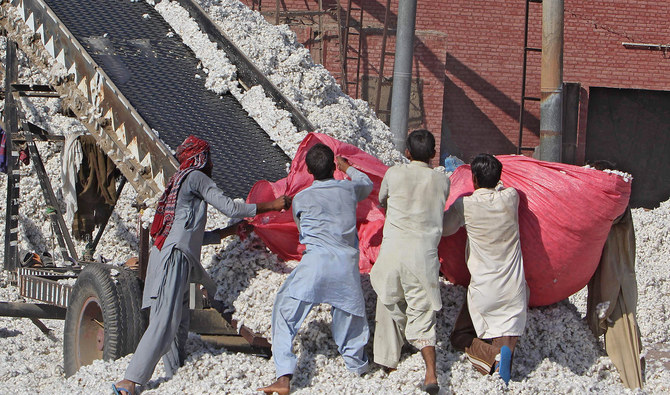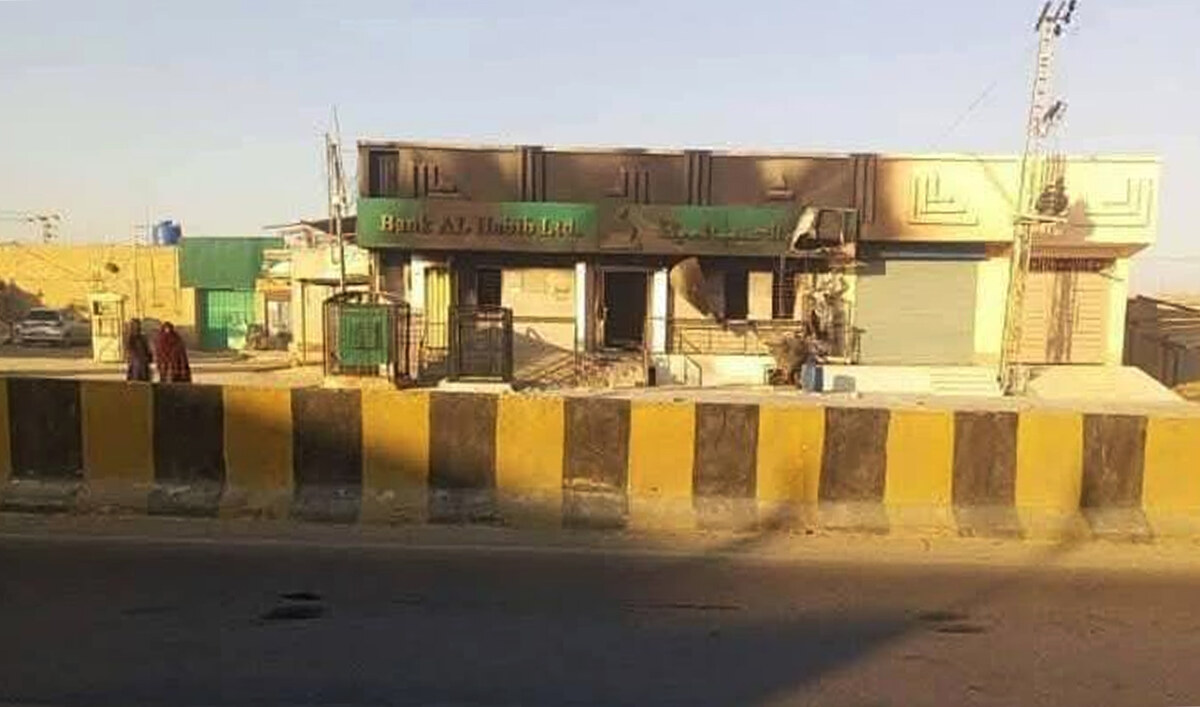KARACHI: Pakistan’s central bank said on Wednesday the country must address structural impediments to sustain its current economic momentum and reach a growth rate between 4 to 5 percent.
In its annual report, The State of Pakistan's Economy 2020-21, the bank reiterated its growth projection between 4 and 5 percent against the target of 4.8 percent on the back of the continued recovery momentum.
The report maintained it was crucial to deal with the structural impediments for sustainable economic expansion in the country.
“These impediments include consistent decline in the yield of important crops (especially cotton); insufficient export coverage of imports, low and declining productivity of labor, stagnant tax-to-GDP ratio; anemic investment-to-GDP ratio; and the rising fiscal burden of the power sector,” the State Bank of Pakistan (SBP) said.
The report maintained the national inflation rate was expected to remain within a range of 7 to 9 percent during the current fiscal year.
“The headline inflation is expected to retreat more visibly in the second half of the year, with the phasing out of the base impact of the hike in power tariffs,” the bank said, adding: “These projections are subject to multiple upside risks, including from a greater-than-anticipated increase in global commodity prices and upward revision in utility tariffs.”
“In addition to triggering a sharp increase in domestic prices, these developments may also give rise to significant second-round impacts on inflation,” said the SBP report.
According to the Federal Bureau of Statistics, inflation in Pakistan went up to 9.2 percent in October 2021 as compared to 8.9 percent in October 2020.
The SBP also envisaged the fiscal deficit within a range of 6.3 to 7.3 percent of the GDP for FY22.
“In the fiscal sector, the government plans to continue with the adjustment measures, which are projected to reduce the deficit to 6.3 percent of the GDP, from 7.1 percent in FY21,” the report added.
In the external sector, pressures are emerging from the import side, with payments exceeding $6 billion in recent months. The surge in imports is broad-based, partly reflecting the increasing pace of economic activity in the country.
“A part of the expansion in the import payments is projected to be financed through a consistent increase in the workers’ remittances and export receipts,” the central bank said. “Particularly, remittances are expected to remain upbeat amid the recovery in the global economy.”
The SBP maintained the current account deficit was projected to be within the range of 2 to 3 percent of the GDP during FY22.
It added the outlook of financial flows was likely to remain conducive on the back of the $3.8 billion already received from the global special drawing rights allocations and Eurobonds, along with further loan disbursements from multilateral and bilateral creditors, and inflows into the Roshan Digital Accounts.























